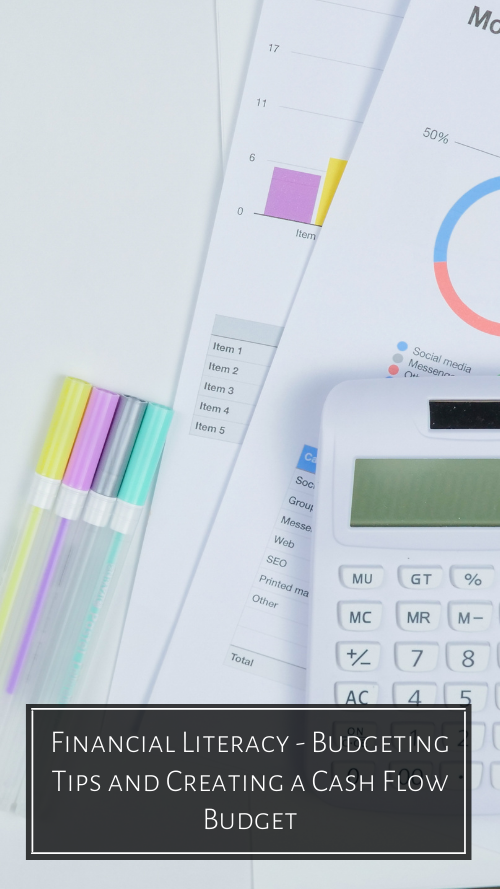Financial literacy means a lot of things to a lot of different people – and really, it can change to suit us however we need it to! One of the most important parts of financial freedom is budgeting and learning how to budget. We’re bringing you this post to teach you some budgeting tips and show you our favourite way to budget, the cash flow budget! If you’re wanting to really start looking more into your financial journey and moving to the next step, take a look at our Financial Literacy Episode and Investing 101 Episode!
Related Articles:
UM Club Episode – Financial Literacy
Investing 101 with Jared Webb, Certified Financial Planner
9 Different Types of Investments For Canadians and How They Work
Best Weekly Allowance for Kids
5 Money Mindset Affirmations
Assertive Communication: How to Get What You Want, With Skill
What is Budgeting?
Budgeting might be something we’re all familiar with in theory, but do you know how to properly budget? Budgeting as a whole means we’re putting aside money for the future or for other things that we want, but it’s also so much more than that. We’re creating a safety net and a plan for our future with our budget, so it’s really important we learn how to do it properly.
A budget in its main form is a way to use the money we’re making over a certain period of time (or at least our best guess of what it is) and use that money to cover all our needs while also hopefully saving. Budgeting doesn’t mean that you’re not going to be able to buy what you want or save every penny, it just means you know where your money is going and helps you to keep track of it. If you want to learn more about how to budget, keep reading below!

What is Cash Flow?
Cash flow is essentially the money that we have coming in and going out every month, so whatever our paycheck earns plus expenses we need to pay off. Cash flow planning might sound really similar to creating a budget, but it actually works a little differently.
The main difference between the two is that budgeting is normally a prediction of what you’ll make in a year (your salary), and how you’ll spend it. A cash flow focuses more on what money needs to be spent, and uses a smaller scale like month to month (or as you’ll see we’ve recommended, week to week). Cash flow is looking more at when you’ll actually get the money and what you’ll realistically spend it on, which can be super helpful for all of us with kids (and all the unpredictable costs that come with being a parent).
Because creating a cash flow template or budget sheet can seem a little daunting, we’ve put together some of our favourite tips from our Financial Literacy Episode with Jared Webb from Design Wealth! Keep reading to see our favourite tips, and make sure to check out the episode!

3 Budgeting Tips
Gift Used
One of our favourite things to do here in the UM Club is gift out of the box – and that can mean anything from toys out of the packaging to your favourite book you think your friend will love! We can all get really swept up in getting the latest and greatest trends, but giving used gifts can be a great way to add a personal touch to everything without breaking the budget. With little kids especially, they’re not going to notice if a toy isn’t in brand new packaging- and even if they did, they’ll be over it in 10 minutes!
Budget Week to Week
We’re sure that you’ve had at least someone tell you that budgeting means planning for your whole future; while that may be true, it’s also how we afford everyday life. One of the tips given to us by Jared Webb in our Financial Literacy Episode over on the UM Club was to plan our budgets for every week, not month. This let’s us plan for the future but also for any of those surprises life likes to throw at us!
Pay Yourself First
This one might surprise a lot of people, but Jared’s number one tip is to pay yourself first – this means putting money in our savings first before we spend the rest of it. We know that this can sound a little scary, but making sure to take money for yourself is really important to our financial freedom – it’s our money and we need to make sure we use it right! If you want a full breakdown of how to pay yourself first and what that looks like, check out the full episode!
Financial literacy means many things to many people, but we’re here to tell you that financial literacy skills can be done by everyone, and not just professionals. Creating a cash flow budget is something we all can do, so get started now to continue your steps into financial literacy. If you want even more great tips on finances, check out our post on 9 Different Types of Investments For Canadians and How They Work and our exclusive UM Club Episodes on Finance!





